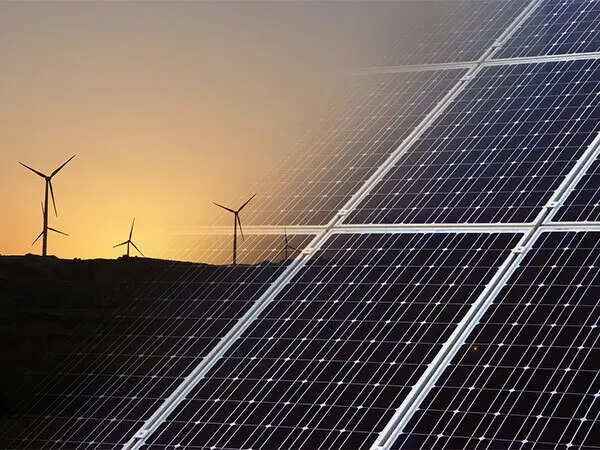
Despite the ongoing shift toward cleaner energy, fossil fuels will continue to play a major role in meeting global energy needs, accounting for 40 to 60% of global energy supply by 2050 due to the slower-than-expected adoption of electric vehicles (EVs) and challenges in scaling clean energy technologies, according to McKinsey report.
Gas will continue to be an important energy source, providing stability to power grids as renewables, which are often intermittent, become more prevalent, the report
Though fossil fuel consumption is expected to plateau between 2025 and 2035, investments in this sector are likely to continue in order to ensure energy reliability during the global transition to cleaner sources.
Global energy demand is projected to grow significantly, increasing by as much as 18% by 2050, with emerging economies playing a key role in driving this growth.
Factors such as population expansion, rising GDP, and the relocation of industries to countries like those in the ASEAN region, India, and the Middle East are boosting energy consumption in these regions.
However, despite this surge, per capita energy consumption in emerging markets is expected to remain lower than in mature economies due to efforts to improve energy efficiency. Technological advancements such as AI and data centers are expected to contribute significantly to global energy demand growth.
Low-carbon energy sources, such as solar and wind power, are expected to account for 65 to 80% of global power generation by 2050. While solar energy, in particular, is projected to grow rapidly due to its low cost, other technologies like hydrogen and carbon capture face hurdles.
High costs, slow deployment, and inadequate policy support are preventing these technologies from expanding at the pace needed to meet global climate goals.
The development of low-carbon technologies is further complicated by rising capital costs and extended project timelines.
The growth of nuclear energy is constrained by regulatory hurdles, public concerns over safety, and challenges in managing nuclear waste. Without a change in policy and public sentiment, nuclear energy’s contribution to the energy transition may be limited in the short to medium term.
One of the major obstacles to a faster global energy transition is the current low price of carbon. The price of carbon needs to increase significantly–from its current level to between USD 150 and USD 225 per ton of CO2–to drive the adoption of technologies like carbon capture, utilisation, and storage (CCUS). Without this price adjustment, it will be difficult to accelerate decarbonisation efforts and meet global climate targets.
The global energy transition depends heavily on the availability of raw materials like lithium, nickel, and cobalt, which are essential for low-carbon technologies. However, the supply of these materials is limited by long development timelines and uncertain demand, making it difficult for investors to justify new mining and processing projects.
Geopolitical tensions and domestic energy security concerns are further complicating supply chains. In response, countries are developing parallel supply chains for critical materials, which could slow the transition to cleaner energy sources.
Renewables are projected to make up a significant portion of the global energy mix by 2050, growing from 32% today to as much as 80% .
However, due to their intermittent nature, renewables require firming capacity from gas or other stable energy sources to ensure a reliable power supply.
The expansion of renewable energy will also require major investments in infrastructure, particularly transmission and distribution networks, to handle the increased capacity.
Governments may need to step in to ensure that there is enough firming capacity to balance the variability of renewables and maintain grid stability.

